Full Spectrum
Today’s collection is a series of spreads from Sinclair Programs, a short-lived magazine published between 1982 and 1985 for users of Sinclair Research’s line of home computers. Their most popular home computer was the ZX Spectrum, a small 8-bit model released in the UK in 1982. Like its American counterpart, the Commodore 64, the ZX Spectrum was well-liked: more than five million units were sold in its 10 years of production.
Rather than relying on a dedicated monitor or hard drive like modern computers, the rubber-keyed Spectrum used an external TV set for a screen, and work had to be saved remotely onto cassette tapes using a standard audio recorder. Though this likely sounds baroque to the contemporary netizen, the Spectrum was still much easier to use than other available computers at the time. As such, it made digital experimentation accessible, even domestic, in an era when personal computing was still considered the domain of nerdy tinkerers. The whole family could use the ZX Spectrum: kids could play simple racing games while parents could run programs that balanced their household budget.
The Sinclair Programs magazine, released monthly, was produced to offer computer owners a catalog of programs they could simply type in and run. Program instructions were printed line-by-line in BASIC, a beginner-friendly programming language designed for home use. Programs were submitted by readers and ranged from Pac-Man clones—so many Pac-Man clones—to waste management simulators. And of course, ads for RAM packs, cassette storage, and software libraries ran alongside everything (how else do you pay for 64 pages of code?)
Despite the dry mechanics of its content, the magazine’s design is quite fun. Programs have a truncated “visual identity” of sorts, each subtly aimed at a different kind of home computer user—from the buttoned-up professional to the weekend hobbyist. Some spreads are spooky or surreal, others cartoony or sweet, but all are built from the same simple combination of mostly black-and-white display type, graphic symbols, and sketchy illustrations. Many layouts do fun things with their blocks of code, rotating and intersecting them to create moments of movement and surprise. Later issues too introduce grayscale backgrounds and all over patterns for more visual intrigue. Like its DIY predecessor Whole Earth Catalog, the inconsistency of style from page to page isn’t a flaw so much as a feature, one shaped by the variability of its contributions.
This issue’s featured archive is Affischerna, an online exhibit of progressive Swedish posters from 1967-1979. Originally displayed in museums and galleries, the posters reflect countercultural themes—rallying against imperialism, promoting solidarity, and advertising protests and festivals.


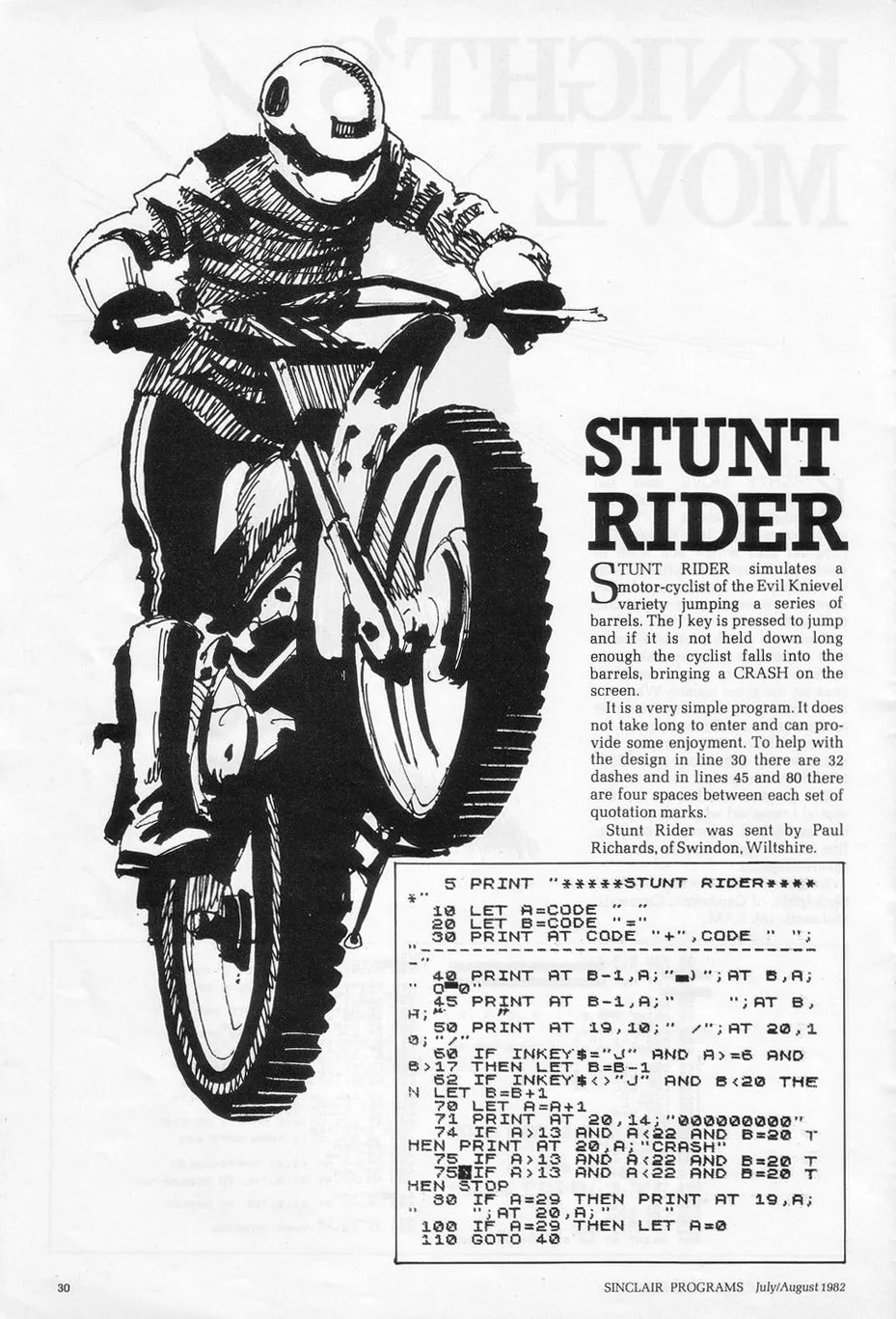
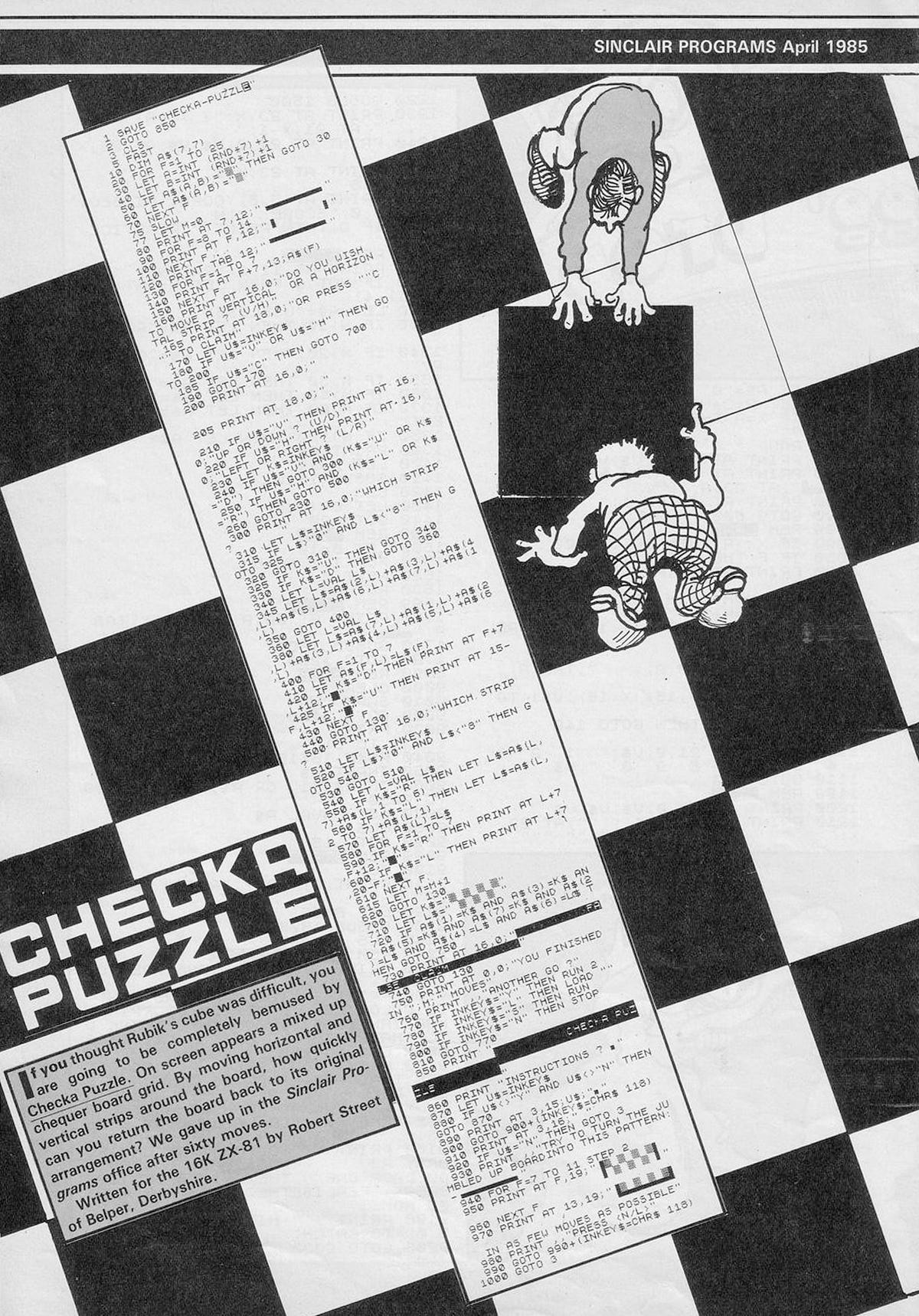
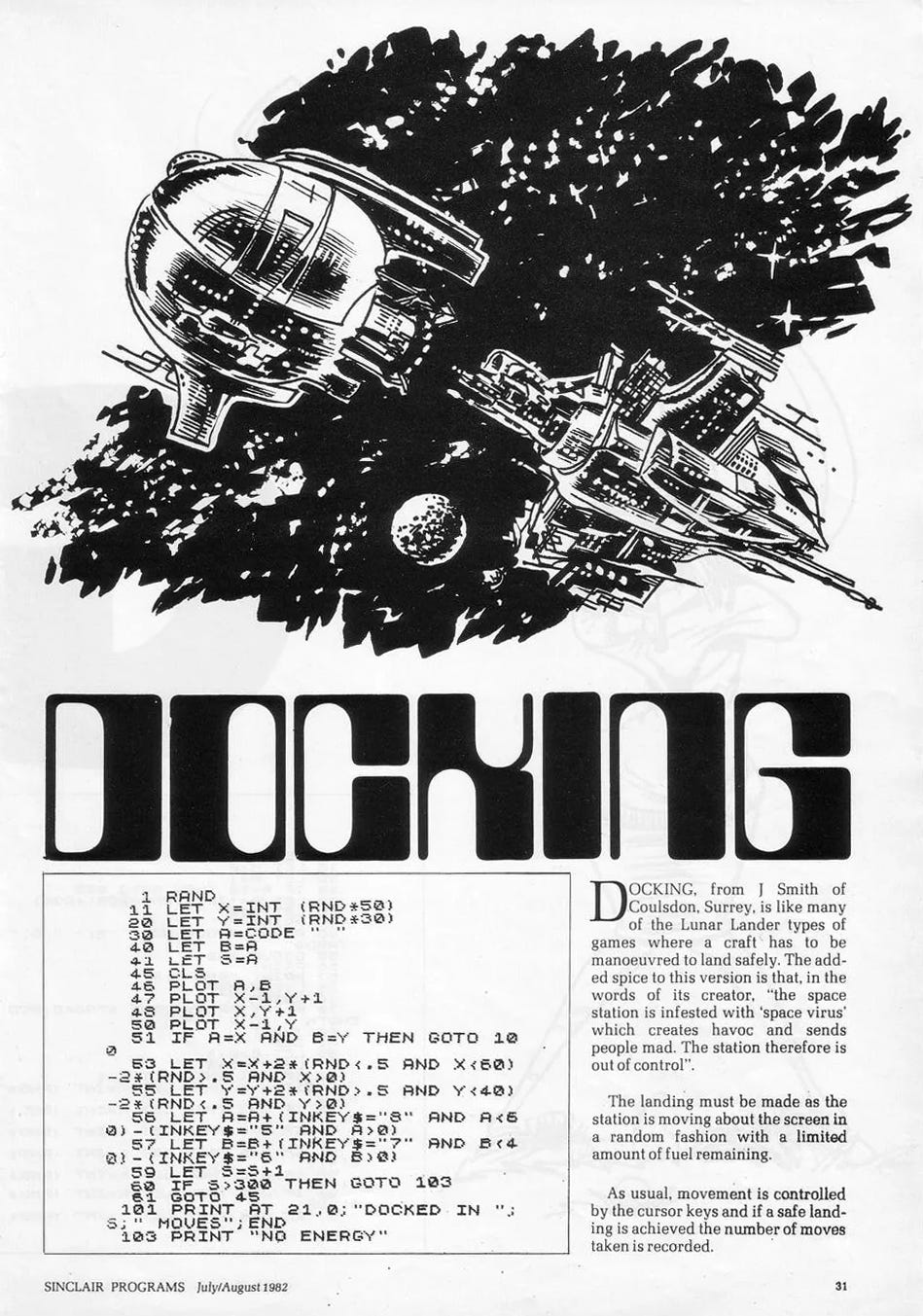
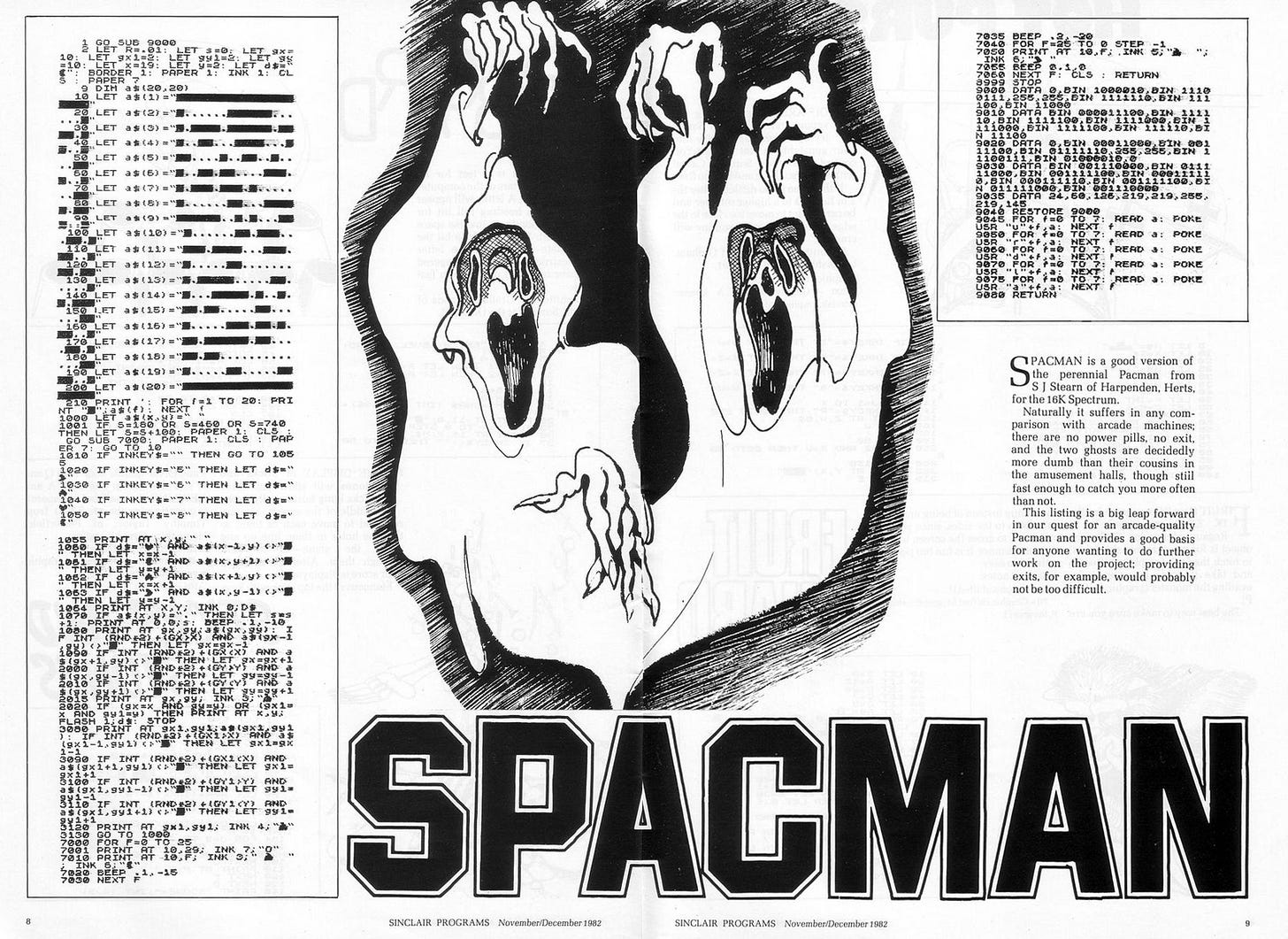
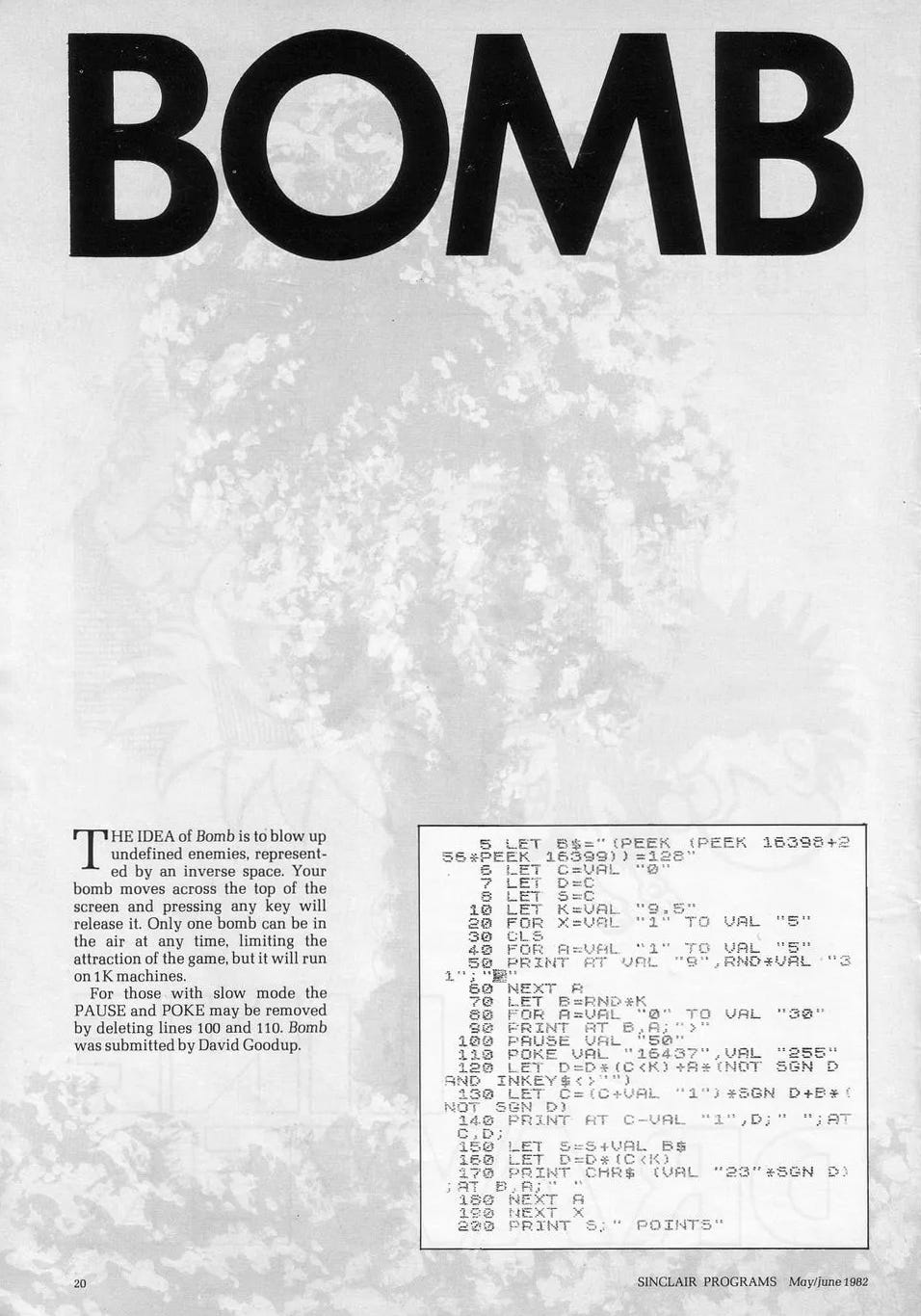
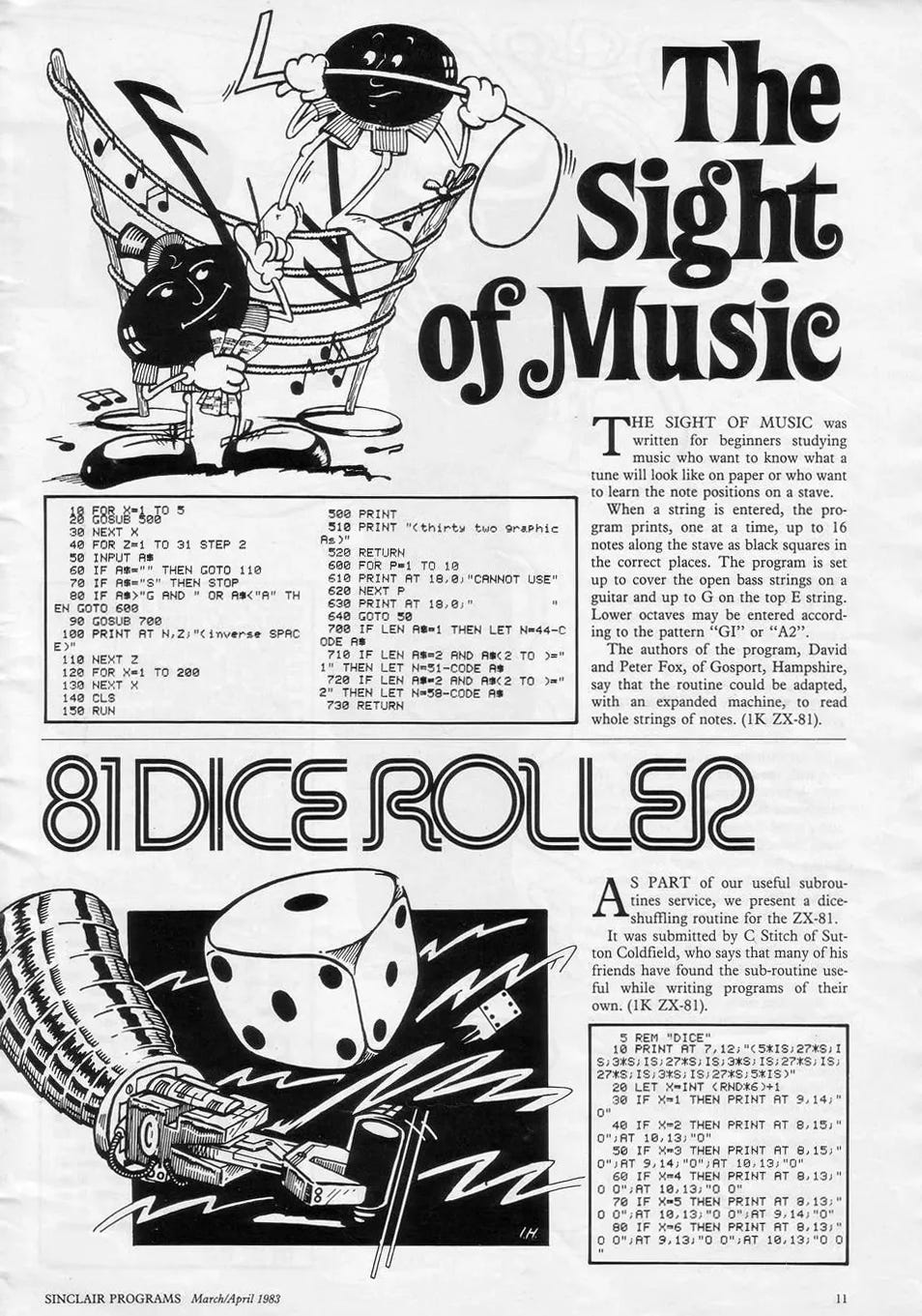
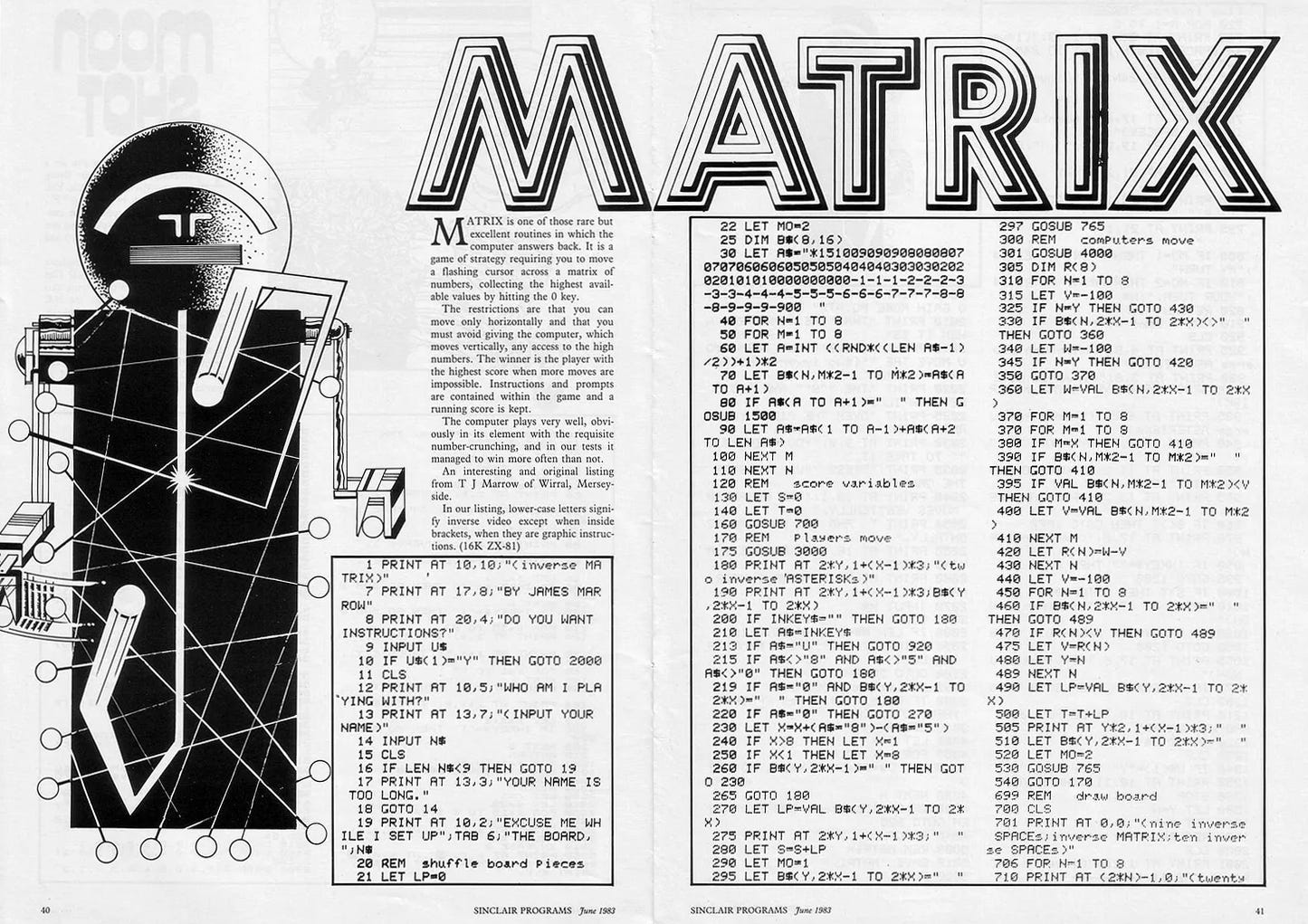
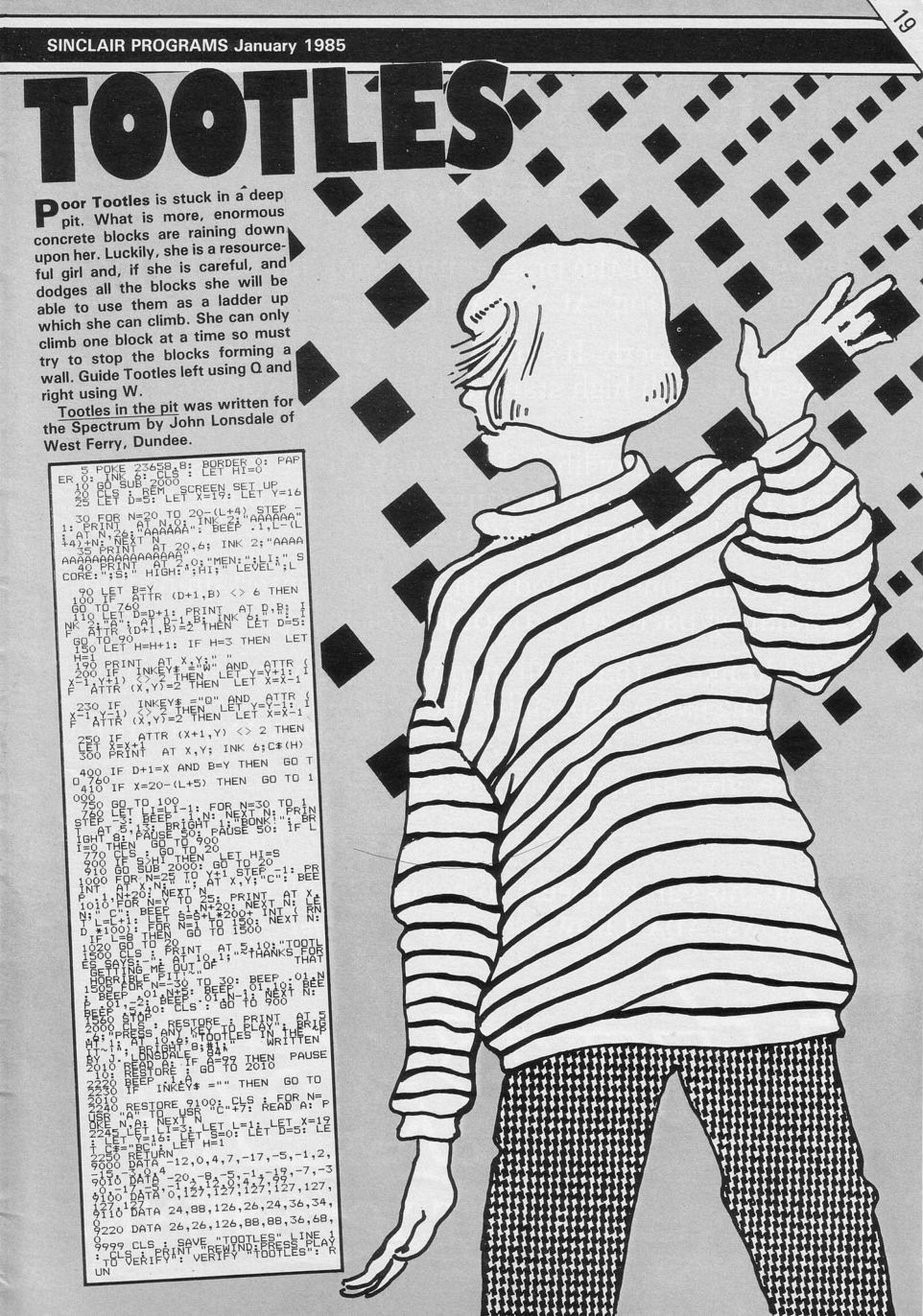
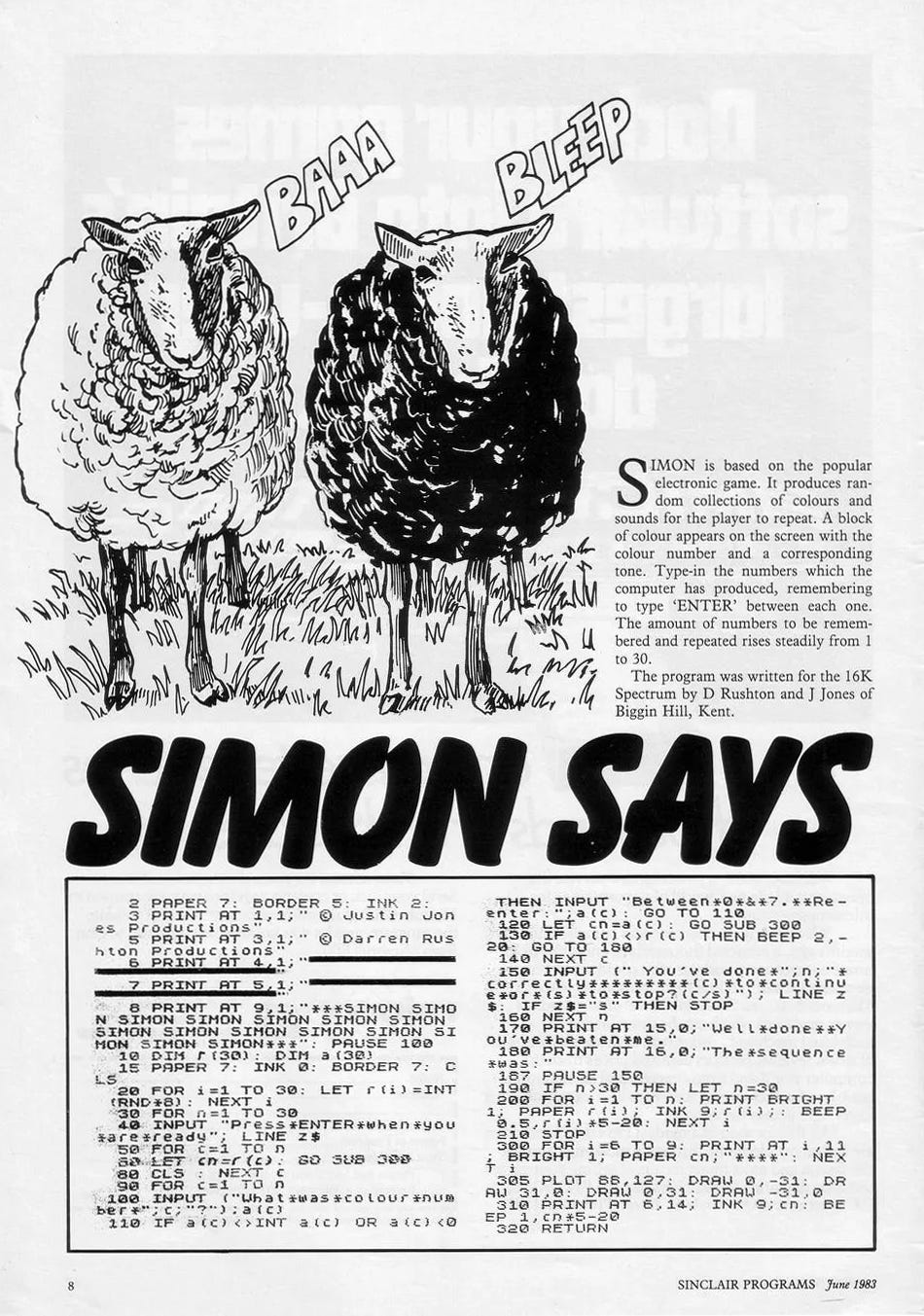
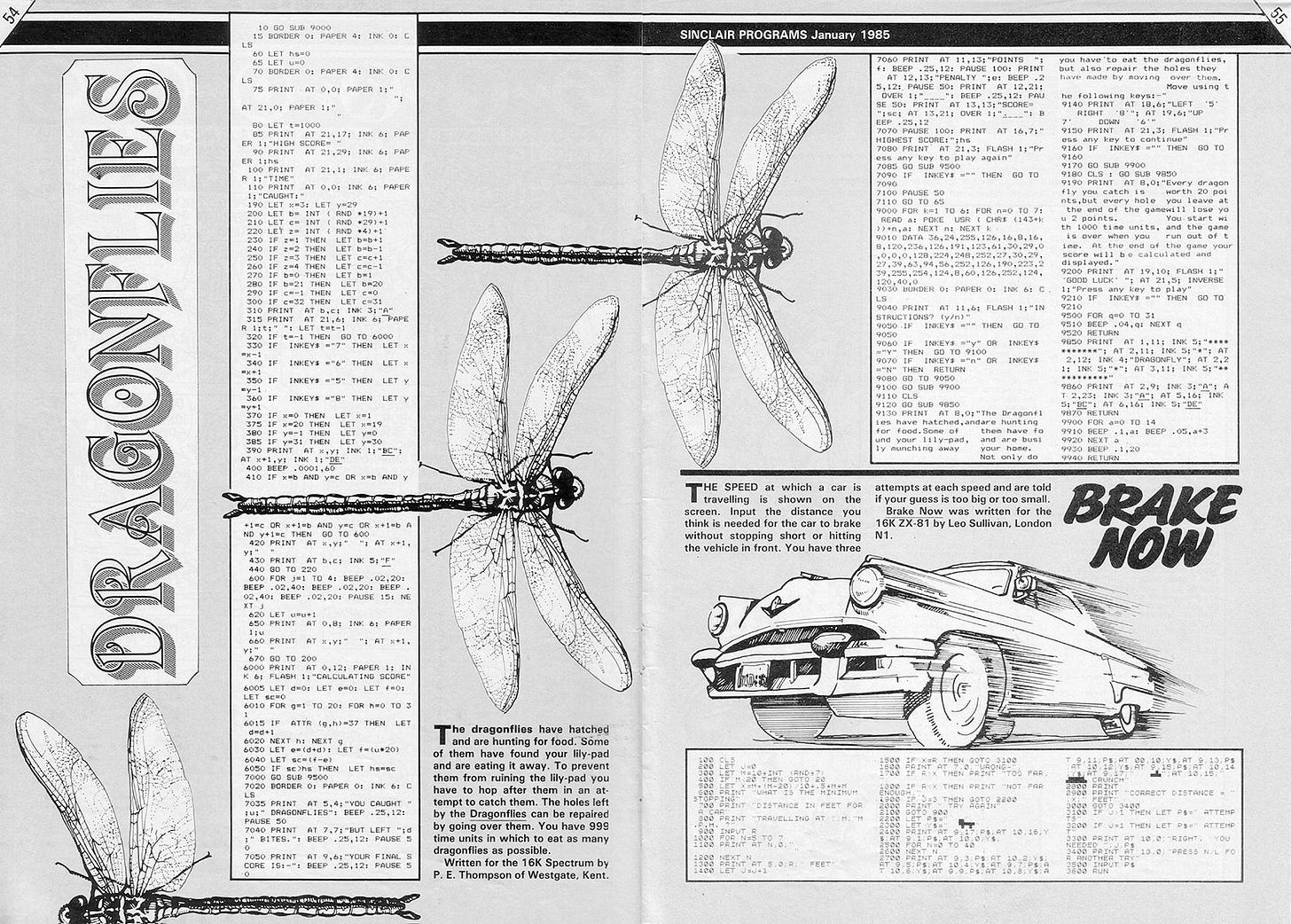
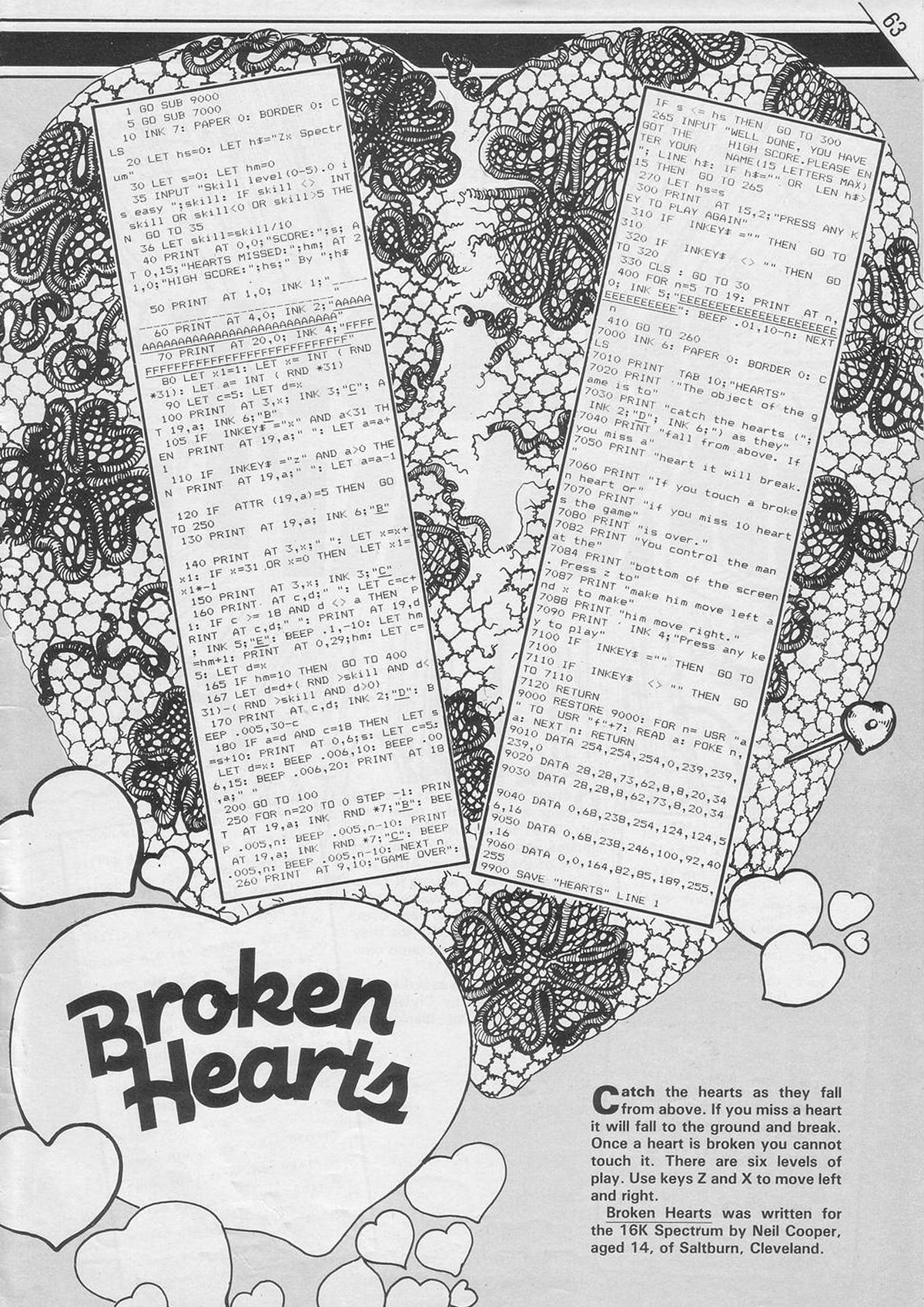
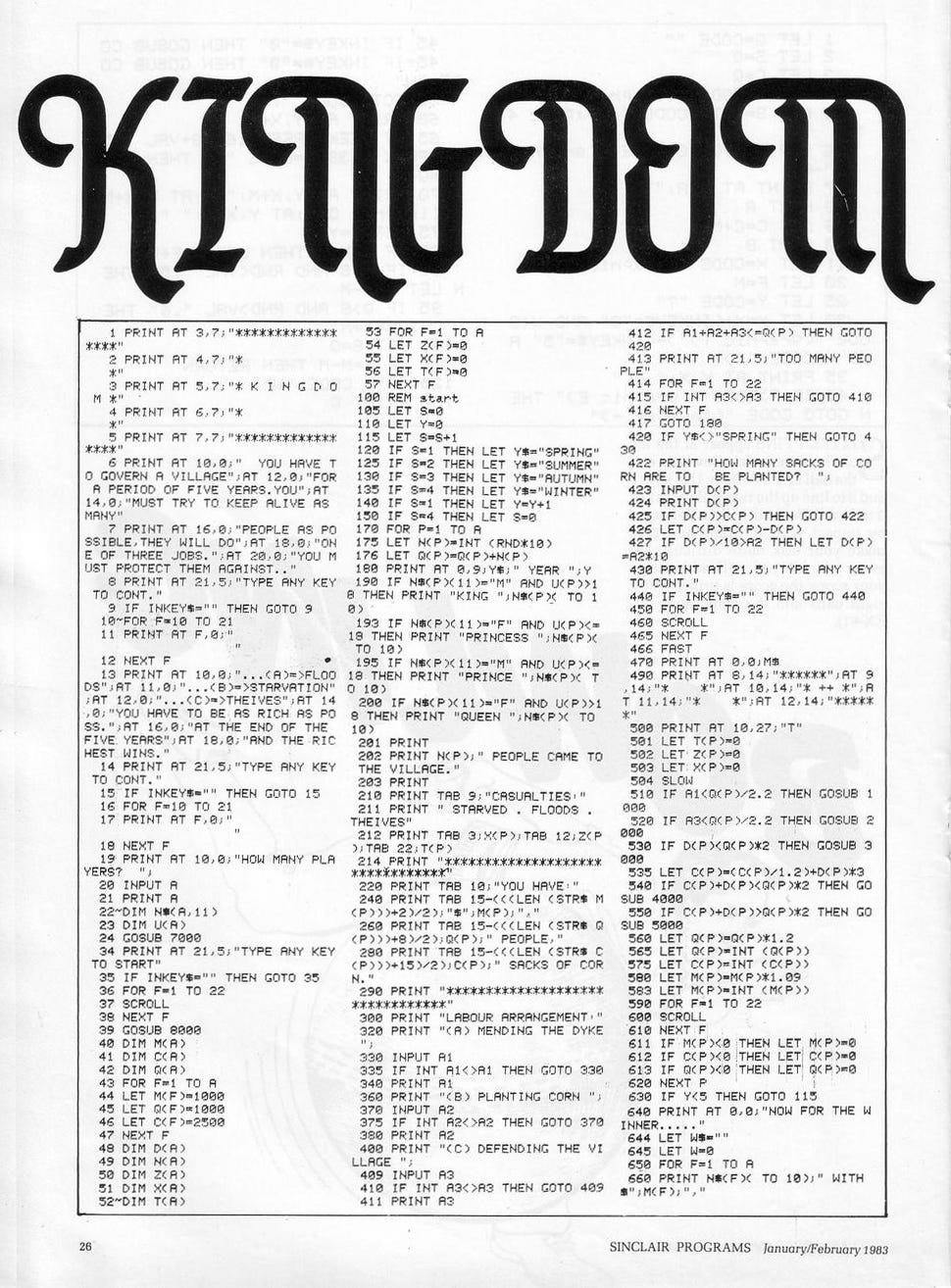
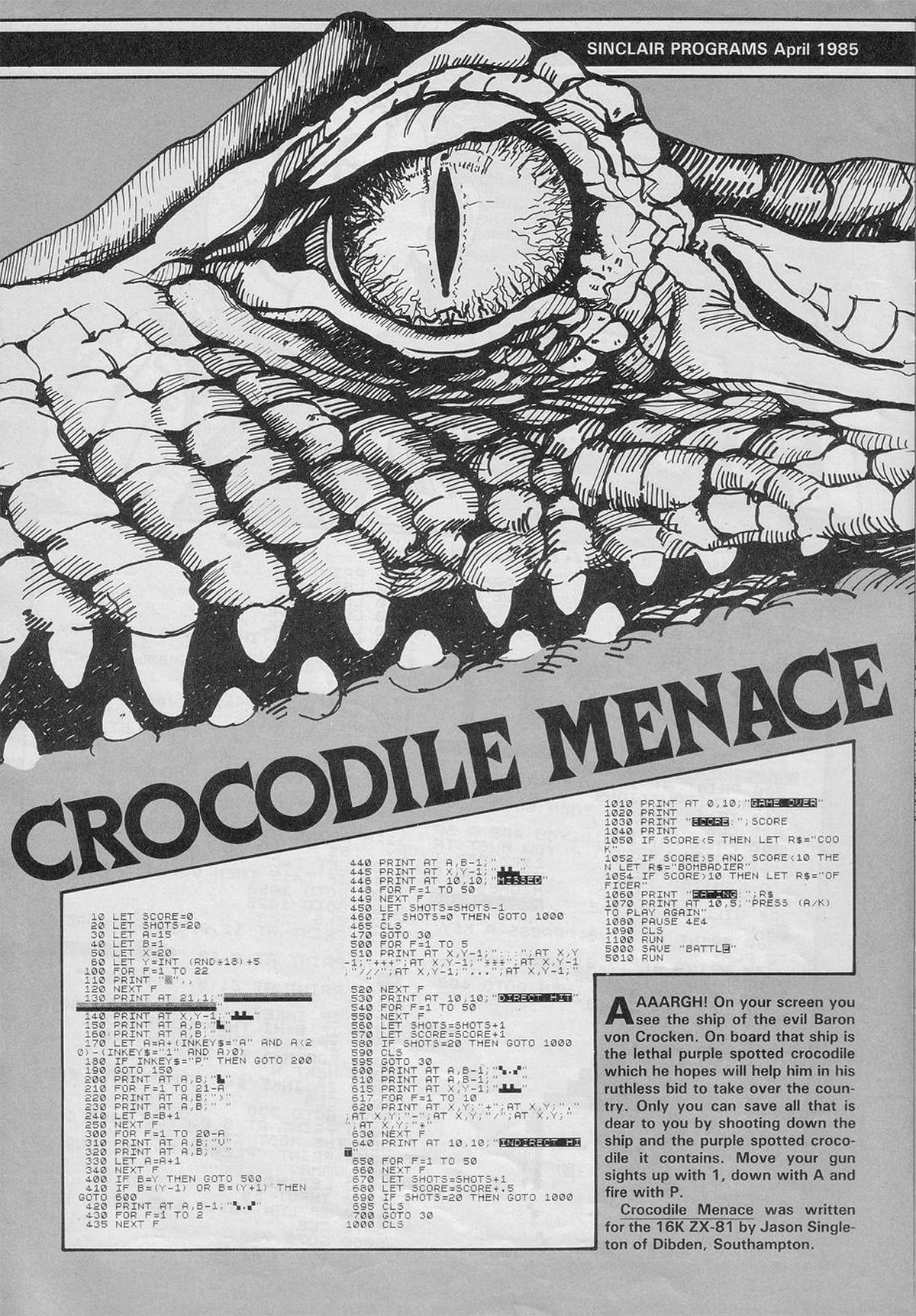
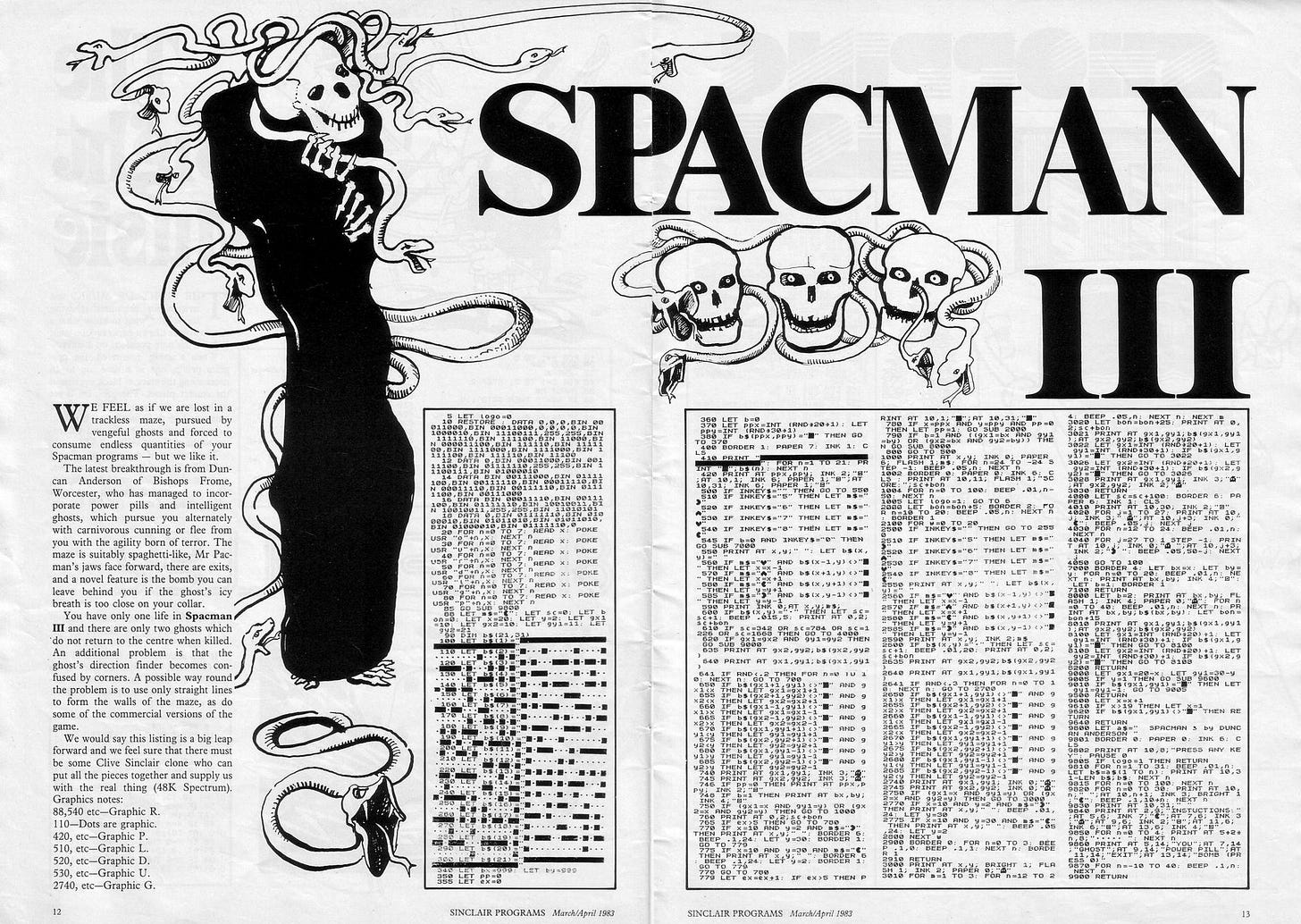
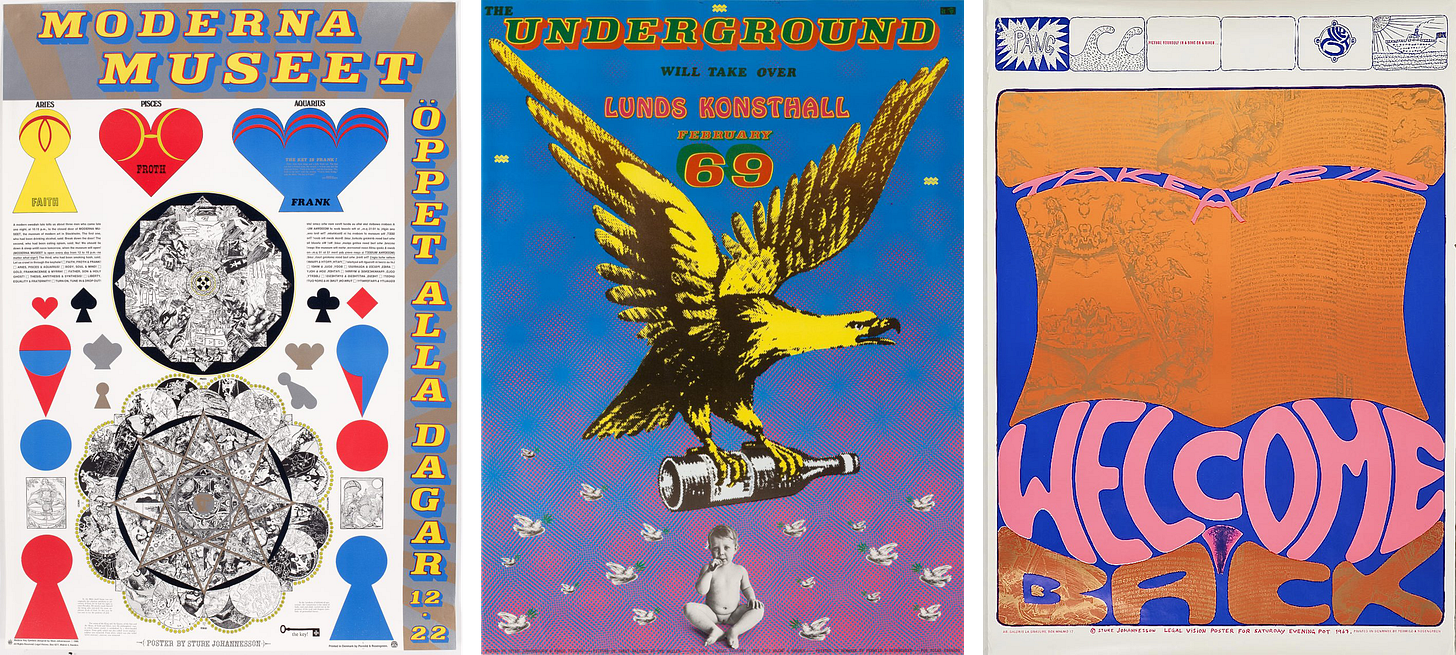
That “KINGDOM” is so delightfully weird and beautiful.
Tootles!